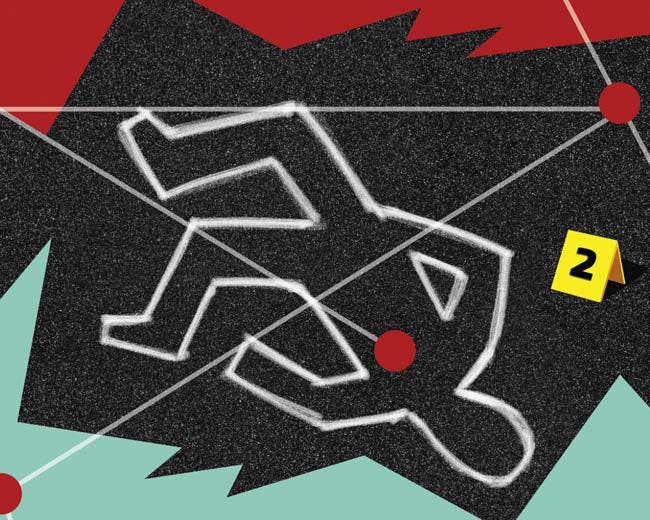Trace
Edmond Locard
Edmond Locard was a forensic scientist in Lyon, France, from 1910 until his death in 1966. He is remembered today for his theory that “every contact leaves a trace.” Known by forensic scientists as “Locard’s Exchange Principle,” it means that when an individual commits a crime they will leave a trace of themselves at the scene and take something from the scene when they leave. Forensic scientists classify this phenomenon as trace evidence that encompasses everything from hairs, fibers, paint, fingerprints, and glass to soil, plant material, bodily fluids, bloodstain pattern analysis, and many other objects.
“Matching” is an important part of working with trace evidence. It can be as varied as matching shoe prints found at a crime scene (top) or cuts made with a knife on tree branches (bottom).

